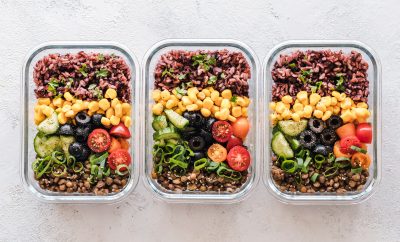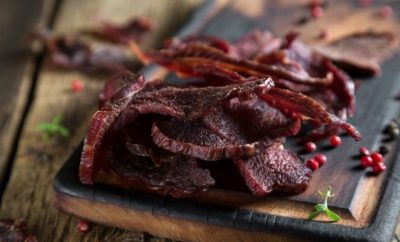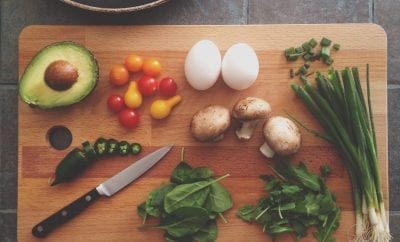Arts
Food for Thought: Melanie Rehak’s Eating for Beginners
Modern-day supermarkets and Nancy Drew novels share certain commonalities: both are topics writer Melanie Rehak explores in her books. Both also quiver with considerable mystery. Examine, for instance, the ingredients crammed into your average granola bar: Tricalcium phosphate and tocopherols. The names sound better suited for elementary school science books, floating beneath images of voluptuous, crayon-colored dinosaurs. And yet they hide in the simplest foods: blueberry bagels, cereals, crisps.
In her latest book, Eating for Beginners, Melanie Rehak invites readers into the joyful, at times confusing, and always educational world of a foodie who started asking questions and then dove around for answers. From the cozy kitchen of Brooklyn restaurant Applewood to the dusty corners of a barn, Rehak’s explorations clarify the muddy-water-blurriness of knowing what foods to buy and where. “I think grocery shopping is very complicated these days,” says Rehak, “There’s a lot of labeling and packaging and there’s organic and local–it’s very difficult to sort out what you’re supposed to buy and what you can afford to buy.” 
And it seems the cheaper the food, the all-around better it’s believed to be. “We’ve placed a high priority on inexpensive food because we have systems that produce food that is inexpensive,” says Rehak, “Even though the prices of a lot of meat and dairy are low, we are paying for them through taxes.” Rehak proposes that our priorities are a little twisted. After all, what we eat today influences the way we live tomorrow, so why not spend a little extra cash on something so important? “We are so accustomed to meat being very inexpensive and it’s not. If you raise the animals properly, it’s very labor-intensive and it shouldn’t be inexpensive.”
Smart cooking, though, doesn’t need to be labor-intensive and time-chomping. Yet, Rehak believes we’ve become accustomed to eating quickly and cooking quickly, too–even though we do have the extra time. Pasta with a simple tomato sauce, she suggests, does not devour many of your minutes. When asked whether she might ever succumb to the seductive easiness of frozen TV dinners, Rehak’s response was sturdy and honest: “Never say never, but I hope not.” 
Gastronomical anecdotes set aside, Eating for Beginners also simmers with several juicy recipes–including prune bread pudding and candied orange peel. The recipes appear unexpectedly, and this adds to their delight. They might even inspire culinary experiments in the kitchen; the orange peel julienned into thin strips while the prunes soften and swell in a fragrant, liquid mixture. Similar to preparing a great dish, a great book requires some added zest that usually comes with loving what you’re doing. “I think the most important thing is that you are very interested in what you’re writing about,” says Rehak.
And Melanie Rehak definitely exudes interest in her subject. The state of the American food industry and its far-reaching consequences on our health, on our environment, and on the way we socialize, are topics that stimulate lengthy responses from her: “I hope that we will stop thinking of food as a necessary evil,” she says, “I think that when people don’t value cooking they don’t value the things that come with cooking–being together and talking. We lose a lot of things when we stop cooking.”
So, for your next meal, rather than lumber to KFC, dash into your kitchen and cook. Yes, cook! And for dessert, buy Eating for Beginners. Because, like the best hot chocolate, Rehak’s writing is rich, strong and seasoned with a careful sprinkling of cayenne, just enough to make the other elements dance.





0 comments